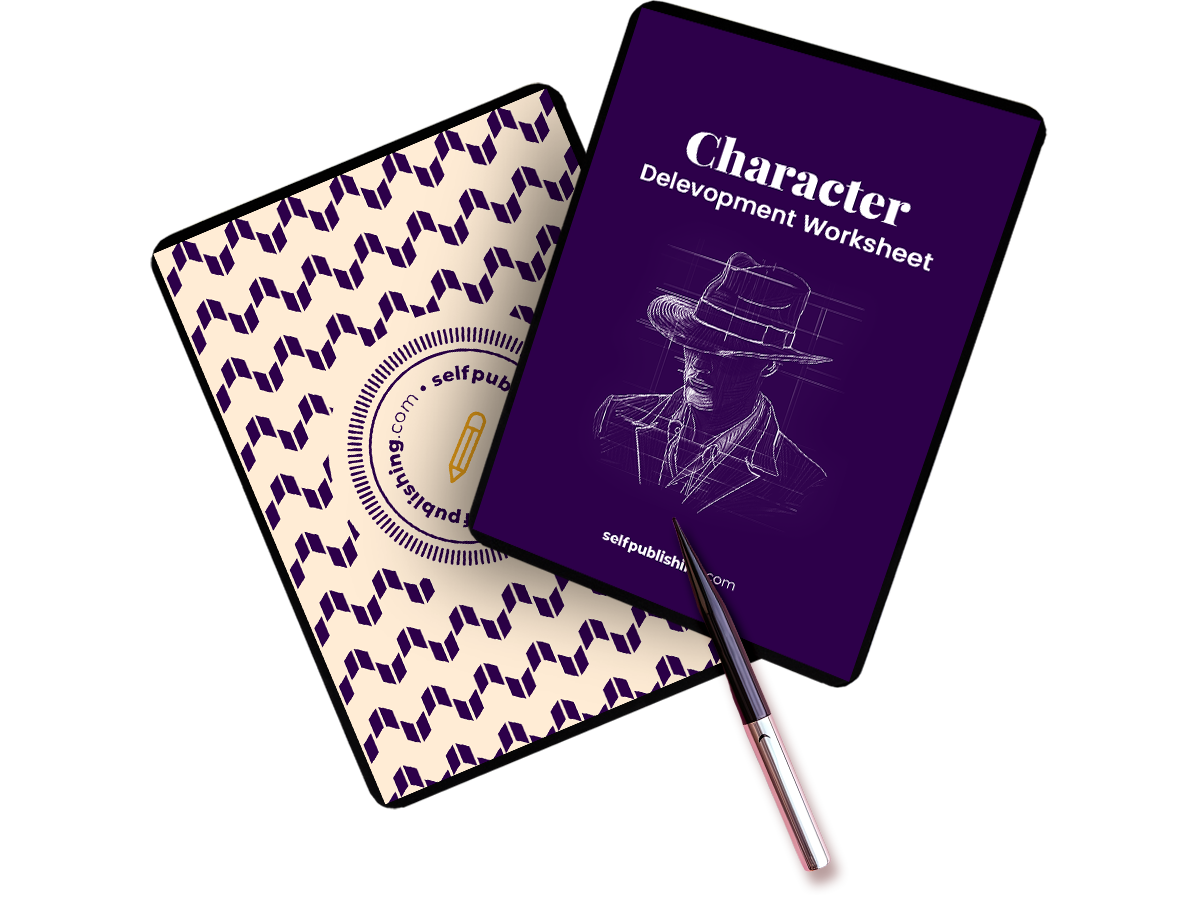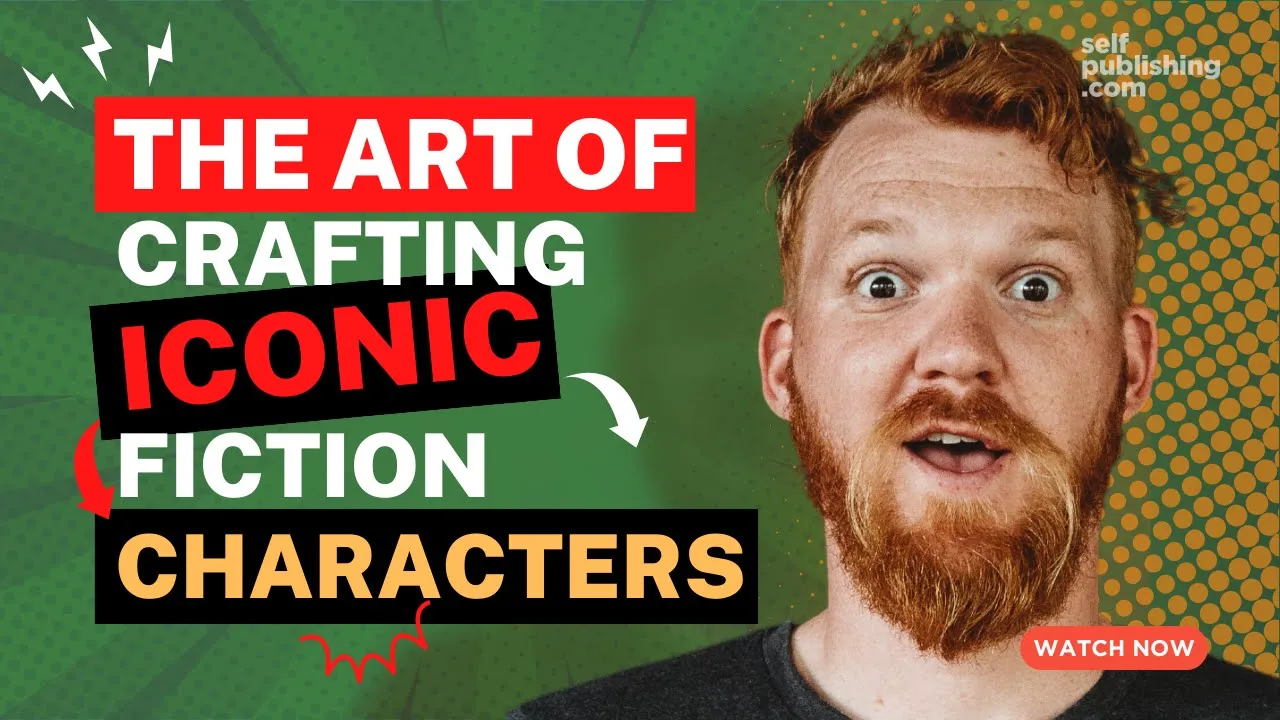There are many types of characters in a novel, and each of them has an important role to play. Without a foil character, for example, your protagonist wouldn’t be able to shine in their best light.
But what is a foil character, exactly?
In this article, we’ll explain what a foil character is, some examples of foil characters, and the different types of characters you can use to round out your story.
What is a foil character?
A foil character is a character that reflects or contrasts something about the protagonist to demonstrate a different side to the character’s personality. It’s a term used in the construction of jewelry where a section of gold foil is laid underneath a stone to enhance its shine.
Foil characters are a great way to show character depth and complexity, which is why they are found in a variety of genres.
Whilst normally used to show a different aspect of the protagonist’s nature, Shakespeare used foils to great effect with secondary characters too. For example, in Romeo and Juliet Shakespeare contrasts hopeless romantic Romeo against Mercutio who mocks Romeo and focuses more on the physical aspects of love than the emotional ones.
The job of the writer is also to demonstrate the flaws of the main character so if a character is greedy or fearful then their foil will be selfless and brave. If the protagonist is someone who rushes into situations without thinking then their foil needs to be a deep thinker who considers all the options.
What is the difference between a foil character and an antagonist?
Foils and antagonists are two types of characters that serve very different functions in your novel.
An antagonist is in direct opposition to the protagonist. They actively try to prevent the protagonist from achieving their goal. This conflict created by this relationship helps to propel the story forward.
A foil exists simply to shine the spotlight on certain traits of the protagonist (or another character). This doesn’t need to create opposition or conflict. A foil can even be a friend of the character they are drawing attention to.
Foil character examples
Here are some examples of foils in popular movies and books:
Toy Story
In Toy Story, Buzz Lightyear and Woody contrast in that Buzz is a shorter, rounder figure and Woody is tall and skinny. The same contrast exists with Don Quixote and Sancho Panza in Miguel de Cervantes’ eponymous novel Don Quixote—the two are physically different but one is a dreamer and the other a realist.
The Hunger Games
In the cinematic version of Hunger Games there’s a perfect image of Katniss Everdeen standing next to Effie Trinket. Katniss is in drab, colorless, and worn clothing while Effie is brightly attired in rich looking material.
Sherlock Holmes
Sir Arthur Conan Doyle contrasted close friends Sherlock Holmes and Dr John Watson. Holmes is abrasive, and while he does have a superior intellect, he is egotistical, inconsiderate, and verges on narcissism. Watson in contrast is a decent, empathetic person. Watson, the ex-military man is practical and uses his emotions rather than cold logic to resolve puzzles.
Harry Potter
In the Harry Potter books the author uses foils constantly to show different aspects of Harry’s personality. By contrasting Harry Potter and Ronald Weasley, for example, the author reflects Ron’s poverty compared to Harry’s incredible inherited wealth, but there’s also a sharp contrast in terms of love and family, which is where Ron is far richer than Harry. With Ron’s family life, he has much more wealth than Harry has ever experienced so far in his short life.
Hermione Granger and Harry have many similarities since both were raised in the muggle world with no knowledge of magic, but Hermione is very switched on academically and whatever you think of Harry, he’s no academic.
If you think of Hermione’s role in Harry Potter and the Deathly Hallows: Part II, Hermione is the one who brings along an enchanted carpet bag that contains everything they need on their journey. She’s thought ahead and realized that they are not going to survive without supplies. Harry is supremely naive and thinks he can deal with everything on his own. He’s still not learnt the lesson that Ron has been teaching him about family being there to support you.
There’s another foil character for Harry too in the shape of Draco Malfoy. While both are becoming talented wizards, Draco is constantly drawn to the dark side of magic and Lord Voldemort, whilst Harry eventually rejects the dark path.
Pride and Prejudice
Jane Austen used foil characters to great effect in Pride and Prejudice. Miss Eliza Bennet, the protagonist, has foils in her sisters Jane and Lydia. Lizzie is an astute person but she is also proud and judgmental. Contrast that with Jane Bennet who is all goodness and kindness. Lizzie is well aware of her surroundings and how her actions can impact her future. In comparison Lydia Bennet is lighthearted, frivolous and “the most determined flirt ever to make herself and her family ridiculous.” Lydia has her own foil in the serious-minded Mary who likes nothing better than to sit and study with a book to improve her mind. Lydia finds this behavior utterly ridiculous.
List of characters to be found in fiction
- Protagonist: This is the main character who drives the action. They will most likely experience significant personal growth or transformation throughout the A story. There is usually only one protagonist per novel, except in romances where the couple share the role.
- Antagonist: This character opposes or challenges the protagonist, often known as the villain. Their role is to create conflict and tension within the story. It’s not unheard of for the antagonist and the protagonist to have a connected goal. For example, in a police procedural the detective and the killer have different versions of the truth and what they consider to be justice.
- Supporting characters: These characters can play various roles, including providing advice or guidance to the protagonist, serving as a sounding board or foil for the main character, or contributing to the overall plot.
- Dynamic character: someone who changes over the course of the story. Can be but is not always the protagonist.
- Static character: someone who does not change or experiences very little change during the novel.
- Secondary characters: sometimes called stock characters—these are not the main players in the story, but the story would fall flat without them. They may be found filling roles dictated by the tropes associated with that genre; e.g. the ex-lover in romance. The mentor in fantasy. The annoying neighbor or bumbling beauty in comedy.
- Round characters: These characters are fully developed and often have complex motivations and emotions. They may undergo significant personal growth or transformation throughout the story.
- Flat characters: These characters are relatively one-dimensional. They don’t undergo significant development during the story. They may serve a specific purpose in the plot but are not particularly complex or dynamic.
Write Foil Characters With Confidence
If you want to write compelling foil characters (or any type of characters) you can do so by using the free template below.

